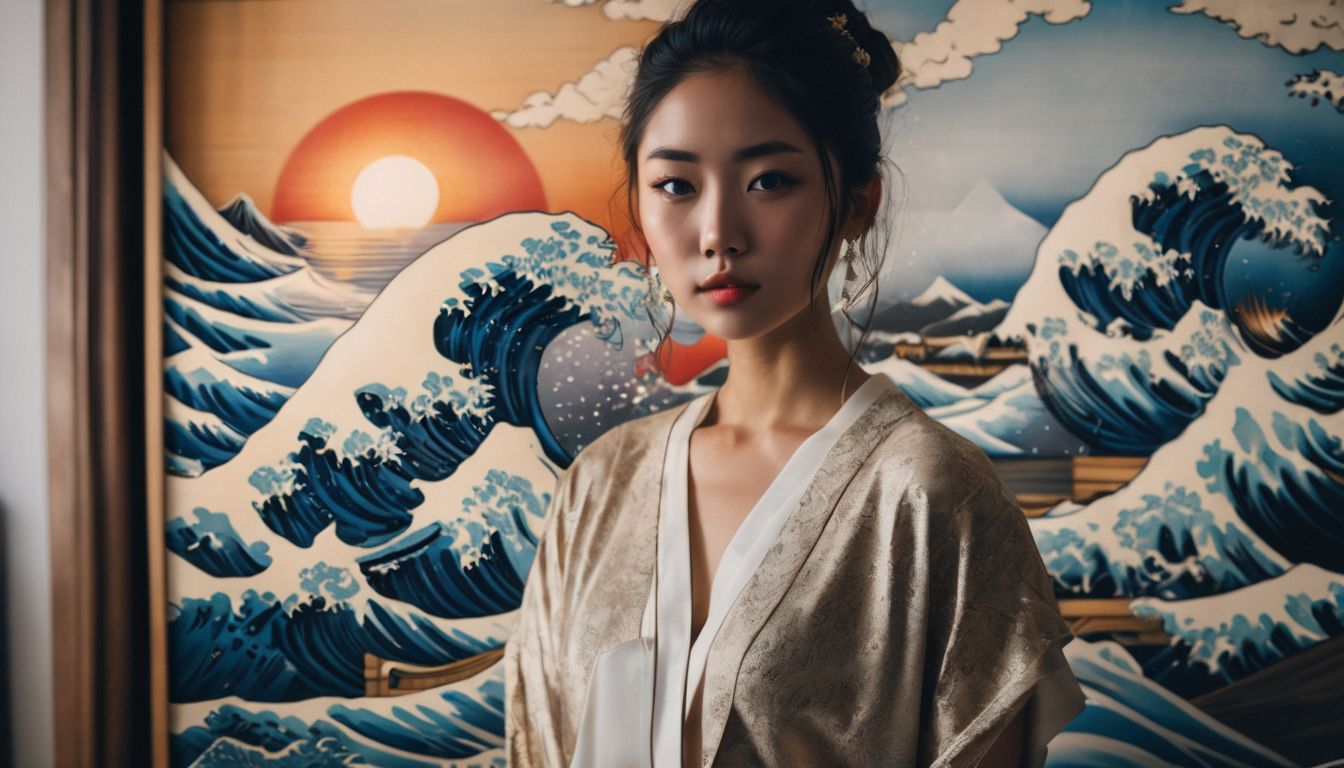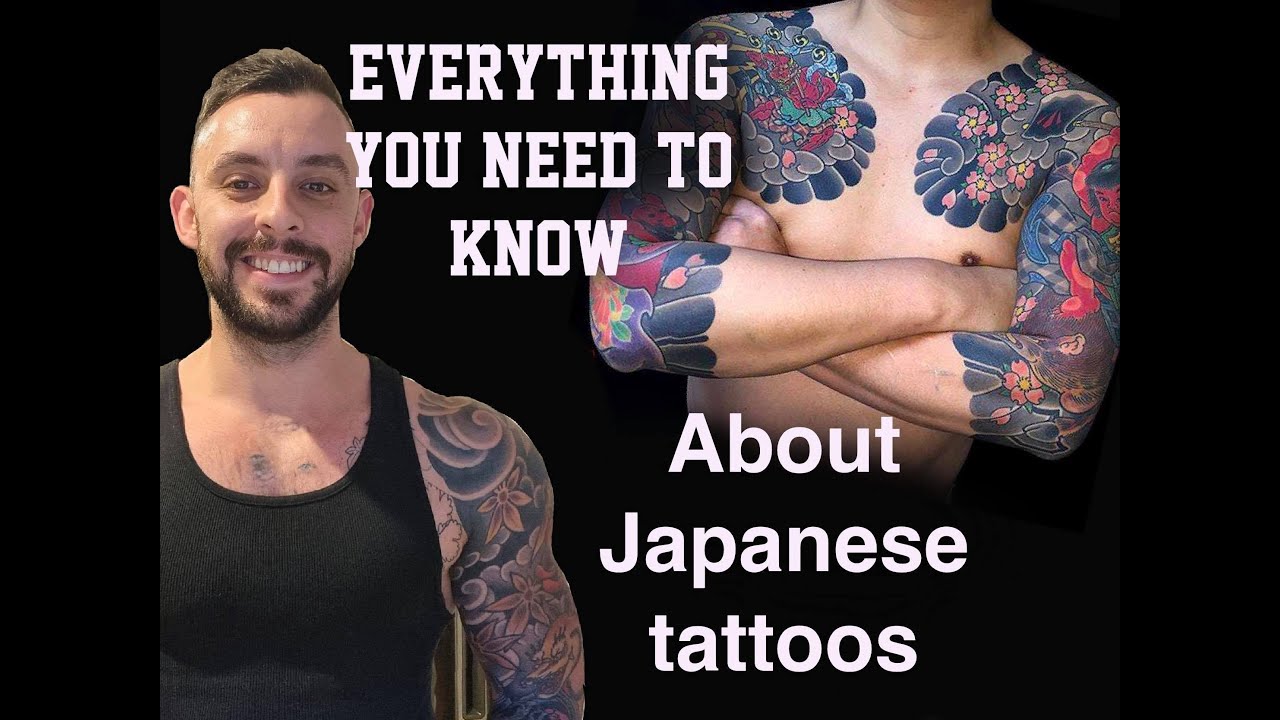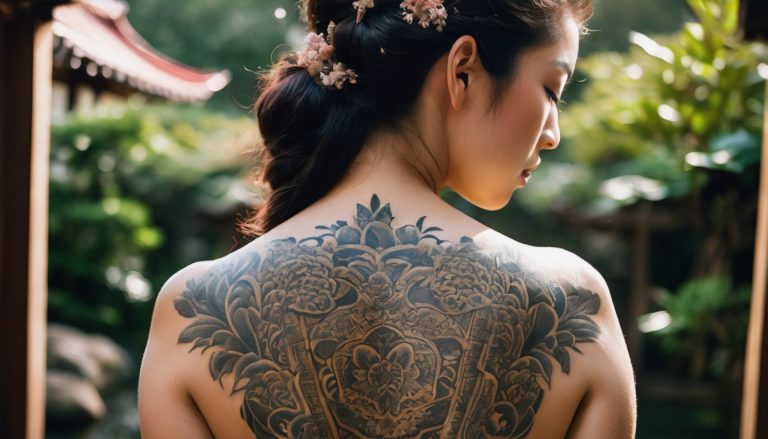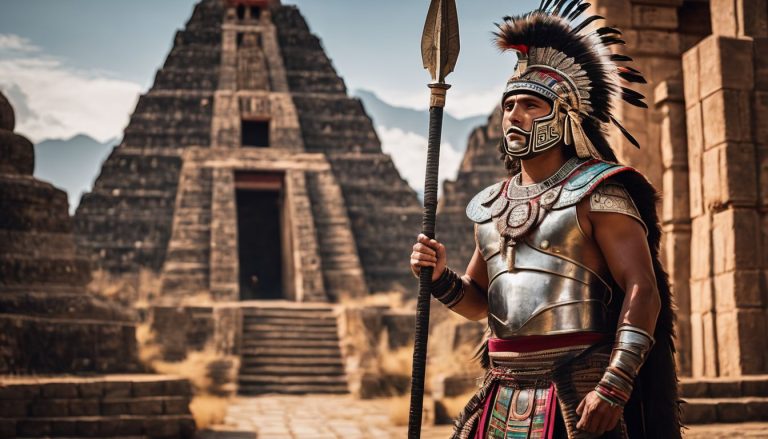The Symbolism and History of Japanese Wave Tattoos
Create your own unique tattoos and art for your home
Are you enchanted by the rolling waves inked on someone’s skin? Japanese wave tattoos are not just cool designs, they carry deep history and symbolism. Our blog will guide you through their meanings, origins, and why these ancient symbols captivate people today.
Dive in for an ocean of stories!
Key Takeaways
- Japanese wave tattoos date back to traditional Japanese society, where they were a symbol of status and spirituality before becoming a mark of strength in both Samurai and Yakuza cultures.
- The designs represent natural forces and life’s ebb and flow, with waves in particular symbolizing resilience, adaptability, power, and the impermanence of existence.
- Traditional Tebori tattooing techniques are still practiced today alongside modern methods; these tattoos often include other elements like dragons or cherry blossoms for added symbolism.
- Hokusai’s “The Great Wave off Kanagawa” is one of the most iconic images inspiring wave tattoo designs that express life’s challenges paired with beauty and strength.
- Contemporary Japanese wave tattoos blend tradition with new styles by incorporating various elements from culture to create personalized symbols relevant to individual experiences.
Understanding the History and Culture of Japanese Tattoos
Tattooing has played a significant role in traditional Japanese society, with influences from the Samurai and Yakuza shaping its cultural significance. Understanding the history and culture of Japanese tattoos provides insight into the symbolism and artistry of these timeless designs.
Role of tattooing in traditional Japanese society
In traditional Japanese society, tattooing served as more than just body art. It was a unique form of expression with deep roots in cultural beliefs and social status. Initially, tattoos were symbols of spirituality and status, telling stories about the person’s identity and position within their community.
Irezumi tattoos began to flourish when they conveyed societal standing or even served as forms of punishment.
Over time, tattoos in Japan became associated with the bravery and honor of Samurai warriors who wore them proudly as marks of strength. This practice evolved further when adopted by the Yakuza, Japan’s organized crime syndicates, where intricate full-body designs became part of their identity.
These traditional Japanese tattoos often included wave patterns that symbolized power, protection from harm, and the embodiment of life’s ebb and flow—a connection to nature that remains influential in today’s tattoo culture.
Influence of Samurai and Yakuza
The influence of Samurai and Yakuza played a significant role in the development and perception of traditional Japanese tattoos. Samurai warriors adorned their bodies with intricate tattoo designs as symbols of strength, bravery, and honor.
These tattoos served as marks of identity and were believed to protect the wearer in battle. On the other hand, the Yakuza, Japan’s organized crime syndicate, used tattoos to convey allegiance to their respective gangs and express a sense of belonging.
Their elaborate full-body tattoos distinguished them within their criminal organization, signifying loyalty, hierarchy, and courage amidst an underworld lifestyle.
The history of Japanese wave tattoos intertwines with both these influential groups – the Samurai associated waves with resilience against life’s adversities while navigating through challenges on land or at sea.
Symbolism of Waves in Japanese Art and Culture
Waves in Japanese art and culture represent natural forces and power, often depicted in traditional ukiyoe prints and artwork. They also symbolize life’s constant ebb and flow, reflecting the impermanence of existence in Japanese culture.
Representation of natural forces and power
Japanese wave tattoos embody the force and power of nature, depicting the relentless energy and strength of ocean waves. The symbolism reflects the awe-inspiring might of natural elements, capturing the ever-changing dynamics of life’s powerful forces through intricate designs and fluid lines.
Water serves as a symbol of resilience, adaptability, and rejuvenation in Japanese culture, making these tattoos a profound representation of the enduring influence of nature’s elemental power.
The imagery in Japanese wave tattoos portrays an appreciation for both the raw energy and serene harmony found within natural forces. Through this art form, individuals can express their reverence for nature’s unyielding strength while embracing its transformative influence on their lives.
Depiction of life’s constant ebb and flow
The symbolism of waves in Japanese art and culture portrays the perpetual rhythm of life, symbolizing its ever-changing nature. Waves in Japanese wave tattoos represent the ebb and flow of existence, signifying strength and resilience amidst life’s challenges.
Water holds a significant place in Japanese mythology and folklore, reflecting the enduring influence of natural elements on human experiences. The imagery found in traditional Japanese wave tattoos embodies themes of transformation, renewal, and the unending cycle of life, offering a timeless representation of the human journey through its constant ebb and flow.
Traditional Japanese Tattoo Style (Tebori) vs. Modern Adaptations
Traditional Tebori tattooing involves hand-carving designs into the skin using traditional Japanese tools, while modern adaptations utilize electric machines for quicker and more precise results.
Techniques and tools used in traditional Tebori tattooing
Traditional Tebori tattooing is a meticulous and precise process that involves skilled artisans using specialized tools. The techniques and tools employed in traditional Tebori tattooing include:
- Handheld Tebori needles, typically made from metal or bamboo, which are used to puncture the skin with ink.
- The artist’s skillful hand movements create varying line thickness and shading effects, allowing for intricate designs and dynamic wave patterns.
- A unique technique of using a mallet to tap the needle into the skin, resulting in fine lines and smooth color transitions.
- Natural pigments derived from organic materials such as vegetable dyes, charcoal, and minerals, ensuring vibrant colors and long-lasting tattoos.
- The artist’s deep understanding of Japanese symbolism, mythology, and artistic traditions to infuse the design with cultural significance.
- An emphasis on creating tattoos that harmonize with the body’s natural contours and movements, producing aesthetically pleasing and balanced compositions.
- The use of traditional motifs like dragons, koi fish, and sakura blossoms in conjunction with waves to tell stories of strength, resilience, and transformation within the larger narrative of Japanese mythology.
Evolution of Japanese wave tattoos in contemporary tattoo art
Japanese wave tattoos have evolved in contemporary tattoo art to incorporate modern techniques and designs. Tattoo artists now use electric machines and modern ink, departing from the traditional Tebori technique.
Showcase of Japanese Wave Tattoo Designs and their Meanings
Discover the iconic Japanese wave designs, including “The Great Wave off Kanagawa” by Hokusai, and explore their deep symbolism in traditional Japanese art and culture. These timeless tattoos represent the power of nature and life’s ever-changing currents.
The Great Wave off Kanagawa by Hokusai
Hokusai’s “The Great Wave off Kanagawa” is an iconic representation of Japan, capturing the power and dynamism of the ocean. The distinctive image features a towering wave with Mount Fuji in the background, portraying nature’s might and beauty.
This masterpiece has inspired numerous Japanese wave tattoo designs, symbolizing resilience, strength, and the ever-changing nature of life. Incorporating elements from Japanese ukiyo-e art, this print infuses traditional symbolism with breathtaking visuals, making it a timeless source of inspiration for Japanese wave tattoos.
“The Great Wave off Kanagawa” remains one of Hokusai’s most renowned works and continues to influence contemporary art and tattoo designs worldwide due to its enduring portrayal of natural forces and cultural significance in Japanese society.
Other popular Japanese wave designs and their symbolism
Japanese wave tattoos come in various designs, each with its unique symbolism and meaning.
- The dragon and wave design symbolizes strength, power, and protection, combining the symbolism of the dragon as a guardian with the resilience of the waves.
- The koi fish swimming against the current embodies perseverance and determination in overcoming life’s challenges, complementing the symbolism of the waves.
- Waves with cherry blossoms represent beauty, impermanence, and the fleeting nature of life, reflecting on the ephemeral and transient aspects of existence in Japanese culture.
- A combination of waves and sakura flowers signifies an appreciation for the fleeting moments of beauty amidst life’s constant changes.
- Waves paired with turtles denote longevity, endurance, and good fortune as turtles are believed to bring luck and have a connection to mythical lore.
Conclusion: The Enduring Beauty and Meaning of Japanese Wave Tattoos
In conclusion, Japanese wave tattoos embody the enduring beauty of nature’s forces. They symbolize life’s constant ebb and flow, representing strength and resilience. Inspired by Japanese mythology and art, these tattoos reflect themes of protection, bravery, and good luck.
Their significance endures in traditional Irezumi tattooing as well as modern adaptations. The symbolism and history of Japanese wave tattoos continue to captivate and inspire tattoo enthusiasts around the world.
FAQs
1. What do Japanese wave tattoos mean?
Japanese wave tattoos often represent strength, life challenges, and the idea that we must learn to go with life’s continuous flow.
2. Where does the symbolism of waves in Japanese culture come from?
Wave symbolism in Japanese culture has deep roots in traditional art like ukiyoe prints, representing water’s power and its role in mythology and folklore.
3. Are there special designs for Japanese wave tattoos?
Yes, traditional Japanese tattoo art features unique wave patterns and illustrations inspired by historical pieces of ukiyoe artwork.
4. Is there a history behind these types of tattoos?
Indeed, the history of Japanese wave tattoos goes back to ancient times where they were part of cultural symbolism and tradition within the realm of oceanic representation.
5. What should I know about getting a traditional Japanese wave tattoo?
When considering a traditional Japanese wave tattoo design, it is important to understand its significance within both traditional tattoo culture and broader aspects of Japan’s historical artistry.








